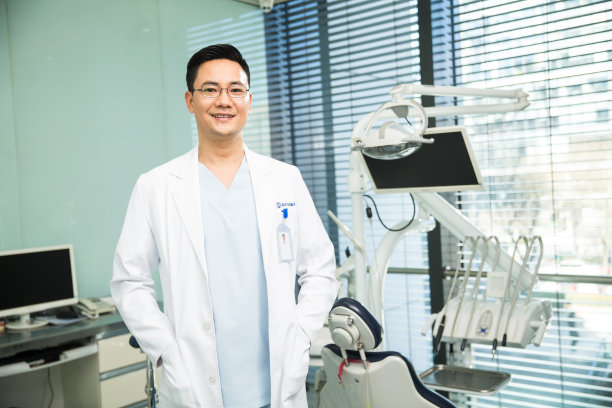Innovative Approaches to Dental Implant Treatment Enhancing Patient Outcomes and Reducing Recovery Time
Summary: The advancements in dental implant treatment have revolutionized the way dental professionals approach tooth restoration. Innovative techniques such as 3D imaging technology, minimally invasive procedures, immediate loading implants, and stem cell therapy are transforming patient outcomes while significantly reducing recovery times. This article explores these cutting-edge approaches in detail, highlighting their benefits and the overall positive impact on patient care. As dental practices embrace these innovations, they not only improve the efficiency of implant procedures but also enhance patient satisfaction and comfort, paving the way for a new era in dental medicine.
1. 3D Imaging Technology for Precision Treatment

One of the most significant advances in dental implant treatment is the implementation of 3D imaging technology. This technique allows dental professionals to create precise, three-dimensional models of a patient’s mouth, which can assist in planning procedures. The accuracy of these models means that implants can be placed more precisely, reducing the risk of complications.
With 3D imaging, dentists can examine bone structure and density more thoroughly, identifying any potential issues before surgery. This comprehensive data enables practitioners to customize treatment plans tailored to each patient’s unique anatomy, which greatly enhances surgical success rates.
Additionally, 3D imaging can facilitate better communication between the patient and the dental team. By visualizing the planned outcome, patients can have realistic expectations about their procedure, increasing their confidence and reducing anxiety associated with dental surgeries.
2. Minimally Invasive Surgical Techniques
Minimally invasive surgical techniques represent a paradigm shift in dental implantology. These methods, which focus on small incisions and reduced trauma to surrounding tissues, lead to less postoperative pain and swelling for patients. As a result, recovery times are significantly shortened, enabling patients to return to their daily lives faster.
One popular minimally invasive technique is the use of flapless surgery, where the gum tissue is not lifted back, thus preserving the blood supply and accelerating healing. This approach can also mitigate the aesthetic concerns associated with larger incisions.
Moreover, minimally invasive techniques reduce the likelihood of complications such as infection and prolonged healing time. This advancement not only improves immediate postoperative outcomes but also contributes to long-term success in implant stability.
3. Immediate Loading Implants for Quick Results
Immediate loading implants are another groundbreaking approach, allowing for the placement of prosthetic teeth on the same day as implant insertion. This technique significantly enhances patient satisfaction, as individuals can leave the dentists office with a functional smile instead of waiting months for the healing process to complete.
This approach necessitates careful planning and evaluation of the implant site but, with advancements in technology, it has become a viable option for many patients. Successful cases demonstrate that properly integrated immediate load implants can maintain stability and functionality over time, as they fuse with the jawbone.
The benefits of immediate loading not only enhance the patients quality of life but also promote psychological well-being, as individuals can avoid the prolonged embarrassment of missing teeth. This method is rapidly gaining popularity among both practitioners and patients, marking a significant innovation in dental treatment.
4. Stem Cell Therapy in Implantology
Stem cell therapy is gradually emerging as a revolutionary treatment option in dental implantology, particularly for patients with insufficient bone density. The ability to regenerate bone and tissue has the potential to eliminate the need for bone grafting, which can complicate and elongate the implant process.
Using stem cells sourced either from the patient or donors, dentists can promote faster regeneration of bone, ensuring that implants can be placed with optimal stability. This treatment enhances the likelihood of successful integration of the implant into the jaw structure, improving long-term outcomes.
Additionally, this innovative therapy may also reduce postoperative recovery time, as the regenerative properties of stem cells help speed up healing and minimize complications. As research continues to evolve in this area, the integration of stem cell therapy into practice could revolutionize how dental implants are approached, making procedures less invasive and more effective.
Summary:
Innovative approaches in dental implant treatment represent a significant leap forward, enhancing patient outcomes and streamlining recovery processes. Techniques such as 3D imaging, minimally invasive surgeries, immediate loading implants, and stem cell therapy not only improve surgical success rates but also enhance patient satisfaction. As the dental field continues to adopt these advancements, the future looks promising for both practitioners and patients alike.
This article is compiled by Vickong Dental and the content is for reference only.



